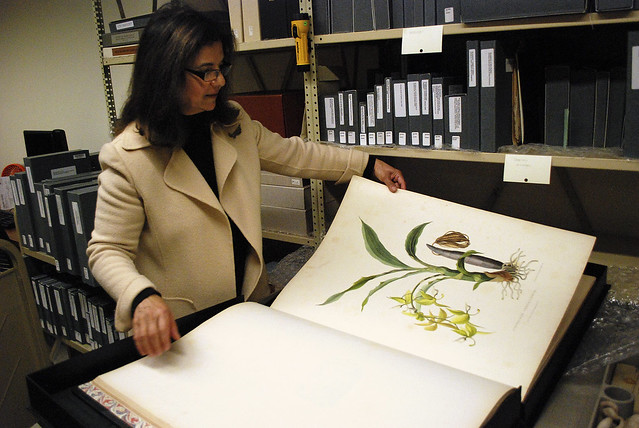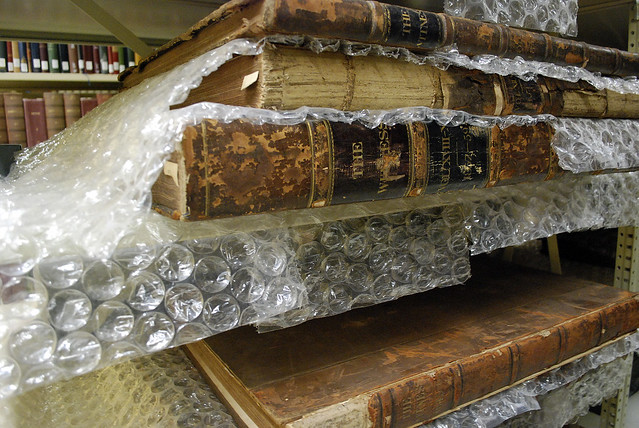
The vault that sits on the sixth floor of the J. Paul Leonard Library is more like a hidden treasure to students than a well-known resource.
Rows upon rows of books hundreds of years old sit on shelves in a restricted vault in an empty climate-controlled room. Most of them are tattered and worn down with yellowish-brown pages that are crispy and thin.
Among these treasures are Shakespeare’s first folio and a King James Bible, along with an original copy of the map of the world drawn by Pieter Van den Keere – the only original copy in the world.
King Cada, a chemistry major, had little knowledge about what happens on the fifth and sixth floors of the library, even though he frequently works on homework in the building. He said that he probably wouldn’t use it for research or academic purposes, but would most likely still go just to check it out.
“You know what’s funny? I see the sign in the lobby that says Sutro Library on the fifth floor and I think ‘what’s in the fifth floor?'” Cada, 25, said. “There’s not enough advertisement for whatever that is.”

Sutro Library is a part of the California State Library system, but is currently housed by SF State and is home to over 250,000 resources all storing historical information with some of the oldest documents being pre-1550s. The documents within the collections range from old city directories to records from U.S. wars prior to 1900 and more, according to a resource page written by the library staff detailing the services and resources the library provides.
Old resources are not the only draw. Sutro Library manager Haleh Motiey-Payandehjoo said most patrons come to use Ancestry.com for free, a site that costs $22.50 for a monthly membership. In addition, there is an index base where individuals can look up their surnames and find a history book that references them, she said.
“It’s one of those things where you don’t really think about it until you need it,” English major Abe Kanae, 26, said about the Sutro Library.
The fact that students are not allowed to bring anything but a pencil into the fifth floor may discourage student participation, according to Motiey-Payandehjoo. There are lockers for storing items.
Although the sixth floor is off-limits, with the exception of some small groups with special permissions, librarians are allowed to bring resources down for visitors to use. Most times the librarians will brainstorm with visitors in order to define which documents would be most helpful.
Motiey-Payandehjoo said that she is “looking for professors to assign research projects to their students” so that more students will make use of the space.
SF State history lecturer Mark Sigmon thinks highly of the room and believes it can be very beneficial to students.
“I think it is a fantastic idea to have a room dedicated to historical collections because students can actually experience with their own eyes materials they might hear about in the classroom,” Sigmon said. “It is very valuable because students can feel the legacy of the past and they can consider what SF State students a hundred years from now will be thinking about their stuff. “SF State is an incredible school with some very impressive ‘hidden’ resources.”
Assistant professor of history Sarah Crabtree is new to the University, but plans on incorporating a visit to the Sutro Library with her future classes.
“As a historian, I believe it is important to provide students with opportunities to work with primary sources in addition to secondary sources,” Crabtree said. “By having the Sutro at the library, it encourages users to think about both stages of research and provides the space and the resources necessary to pursue these twin goals.”



